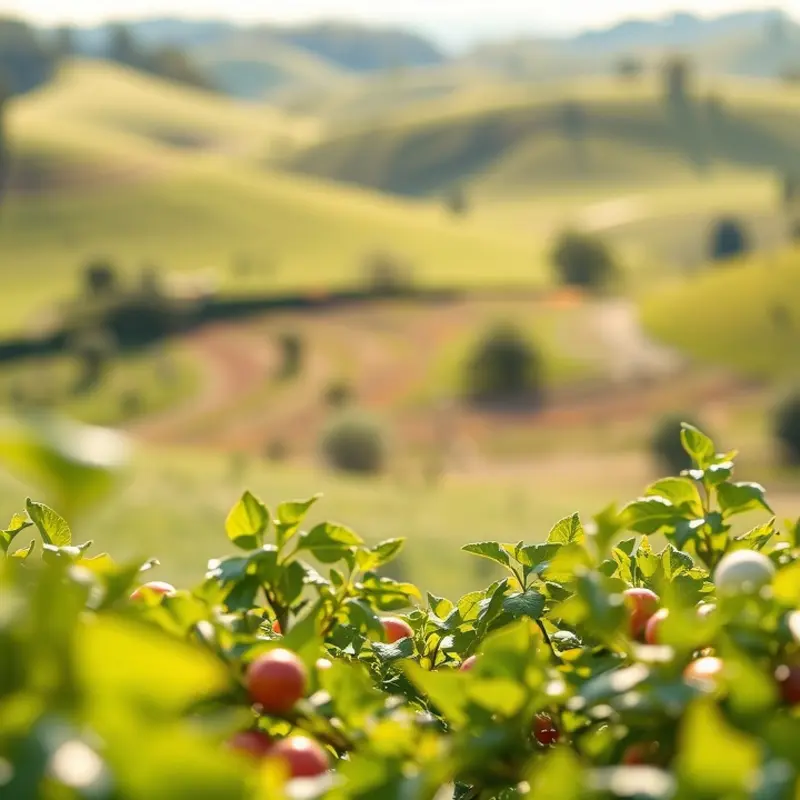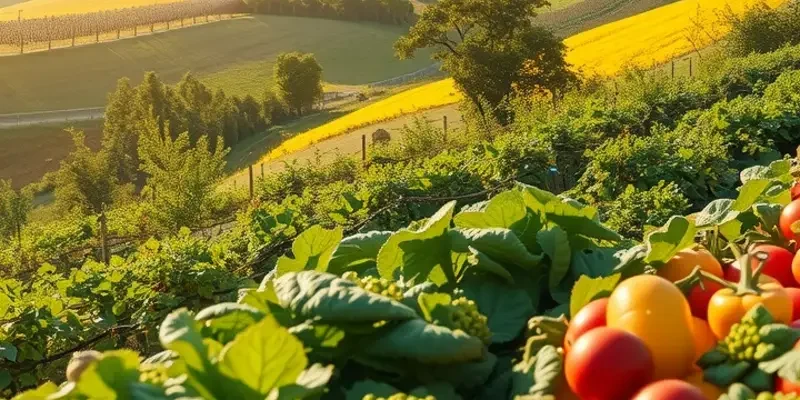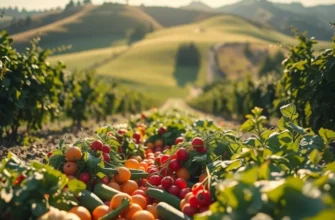Zesting citrus fruits can elevate your dishes, adding vibrant flavors and beautiful garnishes. Whether you’re a beginner or an experienced cook, mastering this skill will enhance your culinary creations. In this guide, discover the techniques, tools, and best practices that will help you effortlessly incorporate citrus zest into your dishes, from refreshing salads to decadent desserts.
Gathering Your Tools: What You Need to Zest Like a Pro

To zest like a pro, you must arm yourself with the right tools. Each tool offers unique benefits that can elevate your culinary creations. Below, you’ll find an essential list to kickstart your zesting journey.
1. Microplane Grater
A Microplane grater is often hailed as the holy grail of zesting tools. Its razor-sharp blades allow you to extract zest with minimal effort and maximum finesse. Unlike other tools, a Microplane delivers fine and fluffy zest, devoid of pith. This tool keeps your garnishes free of bitterness, enhancing both the aesthetic and taste of your dishes.
2. Zester
Traditional zesters focus on creating long, thin strips of zest. Equipped with small round holes, they excel at producing ribbon-like garnishes that look striking atop desserts and cocktails. Although not as fine as Microplane zest, traditional zester lines maintain vibrant citrus oils that imbue your dish with aromatic notes.
3. Vegetable Peeler
While not designed specifically for zesting, a vegetable peeler can be quite effective. It allows you to peel long strips of zest with control over the thickness. Just be cautious and avoid cutting too deeply into the bitter pith. For dishes requiring zest strips, you can use a knife to further thin down the peel, optimizing both flavor and appearance.
4. Paring Knife
In cases where precision is crucial, a paring knife offers the flexibility needed to create custom garnish shapes. Though requiring a steady hand, the paring knife can transform zest into intricate designs. This level of detail enables chefs to prepare exquisite garnishes, adding a touch of artistry to any dish.
5. Grater Box
Should you lack specific zesting tools, a grater box is a versatile choice. Among its many sides, one is typically dedicated to finer grating, ideal for zesting. While not as specialized, it provides an acceptable alternative for obtaining fine zest in a pinch.
Zesting with Sustainability in Mind
When selecting your tools, consider their material and lifespan. Opting for durable stainless steel or eco-friendly materials supports long-term kitchen sustainability. For eco-friendly storage ideas, visit Eco-smart Kitchen Storage.
Tool Maintenance
Proper care of your tools ensures optimal performance. Regularly washing and drying them thoroughly can preserve their sharpness and longevity. Using a brush to clean out zest stuck between blades prevents rust and maintains hygiene.
Incorporating the right tools enhances your zesting technique, transforming citrus into a kitchen superstar. By understanding how each tool affects the final product, you can confidently accentuate flavors and visual appeal in all your culinary creations.
Zesting Techniques: Tips for Perfect Citrus Zest

To achieve the perfect citrus zest, it’s essential to have the correct technique and approach the zesting process with patience and precision. First, choose fruits that are firm and fresh, as these will provide the most flavorful zest. Wash them thoroughly to remove any pesticides or wax on the surface.
Begin by firmly holding the fruit in one hand and your chosen zesting tool in the other. Position the tool at a slight angle to the fruit’s surface. Gently press the tool against the peel, carefully scraping only the topmost layer. It’s crucial to avoid the white pith underneath, which can impart bitterness to dishes.
For fine and even zest, utilize short and controlled strokes. This approach allows steady removal of zest without digging into the pith. Collect the zest in a bowl as you go, ensuring no bits fall aside.
Two popular tools for zesting include the microplane and a traditional zester. A microplane offers finely grated zest, ideal for mixing seamlessly into batters or marinades. On the other hand, a traditional zester creates longer, ribbon-like strips perfect for garnishing desserts or cocktails.
It’s worthwhile to experiment with the zest of different citrus fruits such as lemons, limes, oranges, and grapefruits. Each type has its unique flavor profile and aroma. For example, lemon zest adds a sharp, tangy note whereas orange zest provides a sweeter, more floral aroma.
Proper storage is key to maintaining zest’s vibrancy and potency. If you need to store zest for future use, spread it in a thin layer on a baking sheet and place it in the freezer until solid. Once frozen, transfer the zest to an airtight container for longer storage. This method prevents clumping and retains the zest’s natural oils.
Once you have mastered the basic technique, consider using zest creatively in your cooking. Zest can enhance everything from savory dishes, like roasted vegetables, to sweet treats, like pastries and cakes. By experimenting with zest, you’ll discover it adds a refreshing dimension to many recipes.
To further explore how to integrate zest and other flavors into your meals creatively, you might find it useful to review this resource on flavor boosters without salt. It offers insights into enhancing flavors using natural ingredients.
By refining your zesting technique, you can unlock new levels of taste and visual appeal in your culinary creations, impressing family and friends with your enhanced skills.
Final words
Zesting citrus fruits is a simple yet impactful skill that can dramatically enhance your cooking. By gathering the right tools and practicing effective techniques, you’ll be able to add tantalizing flavors and eye-catching garnishes to your dishes. With practice, zesting will become a natural part of your cooking routine, enriching flavors in everything from pastries to savory dishes. So, gather some citrus fruits, give zesting a try, and enjoy the burst of aroma and taste it brings to your culinary adventures.







